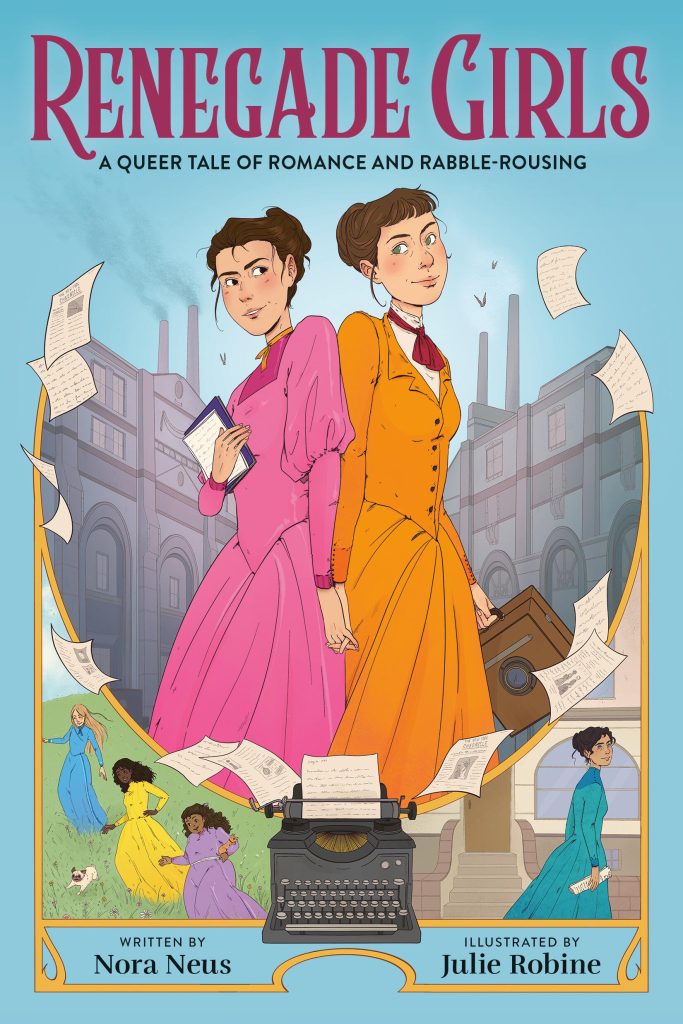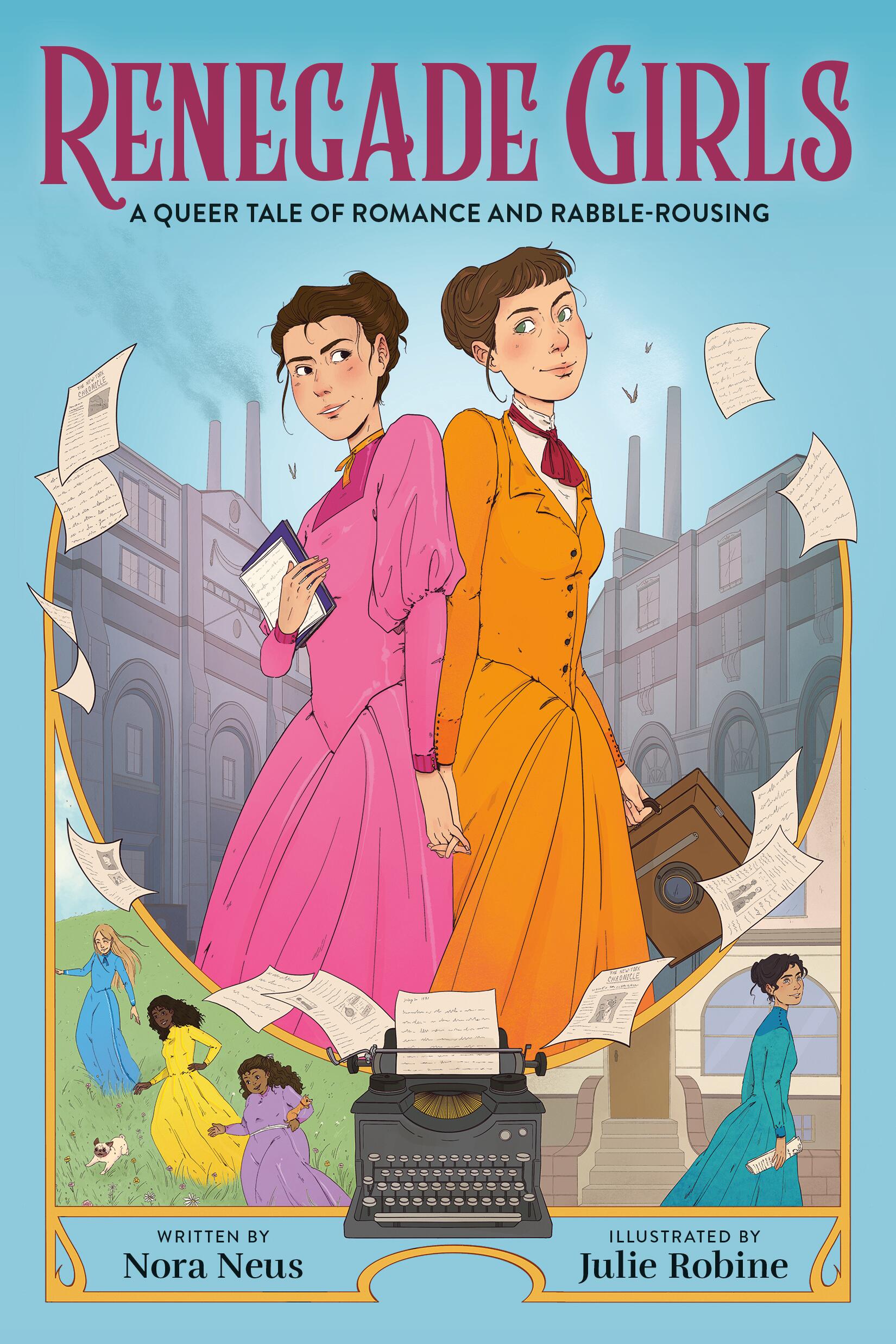
An Illustrated Chronicle of Queer Intimacy Through History

The Getty Museum’s exhibition, “Queer Lens: A History of Photography”, provides an extensive exploration of queer identity and experiences through the photographic medium. Featuring over 270 works by both LGBTQ+ and straight photographers, the exhibition spans from the mid-19th century to contemporary times. It is organized chronologically, revealing evolving attitudes and customs alongside technological advancements in photography.
The exhibition presents a historical narrative linking queer photography to significant moments such as the coining of “homosexual” in the 19th century, the rise of drag culture in the 1920s–30s, homophile movements during and post-WWII, the Stonewall riots, the AIDS Crisis, and the milestone of legalized same-sex marriage. The salon-style installation, “Friends of Dorothy,” highlights the nuanced connections between famous LGBTQ+ figures and historical contexts.
Key themes include the portrayal of the nude through a same-gender gaze, the depiction of tender relationships, and the exploration of gender-bending, as seen in Frederick Spaulding’s and Weegee’s early works. Performative self-portraiture also features prominently, with artists like Tseng Kwong Chi and Yasumasa Morimura offering humorous and whimsical depictions of identity.
David Wojnarowicz’s poignant self-portrait, “Untitled (Face in Dirt),” stands out for its somber yet politically charged message, critiquing societal neglect during the AIDS Crisis. Throughout, the exhibition demonstrates how the concept of “gay pride,” though popularized later, was already manifest in the creative expressions of these photographers.
“Queer Lens” runs at the Getty Museum through September 28, curated by Paul Martineau, offering visitors a compelling journey through the intersection of queer history and photography.